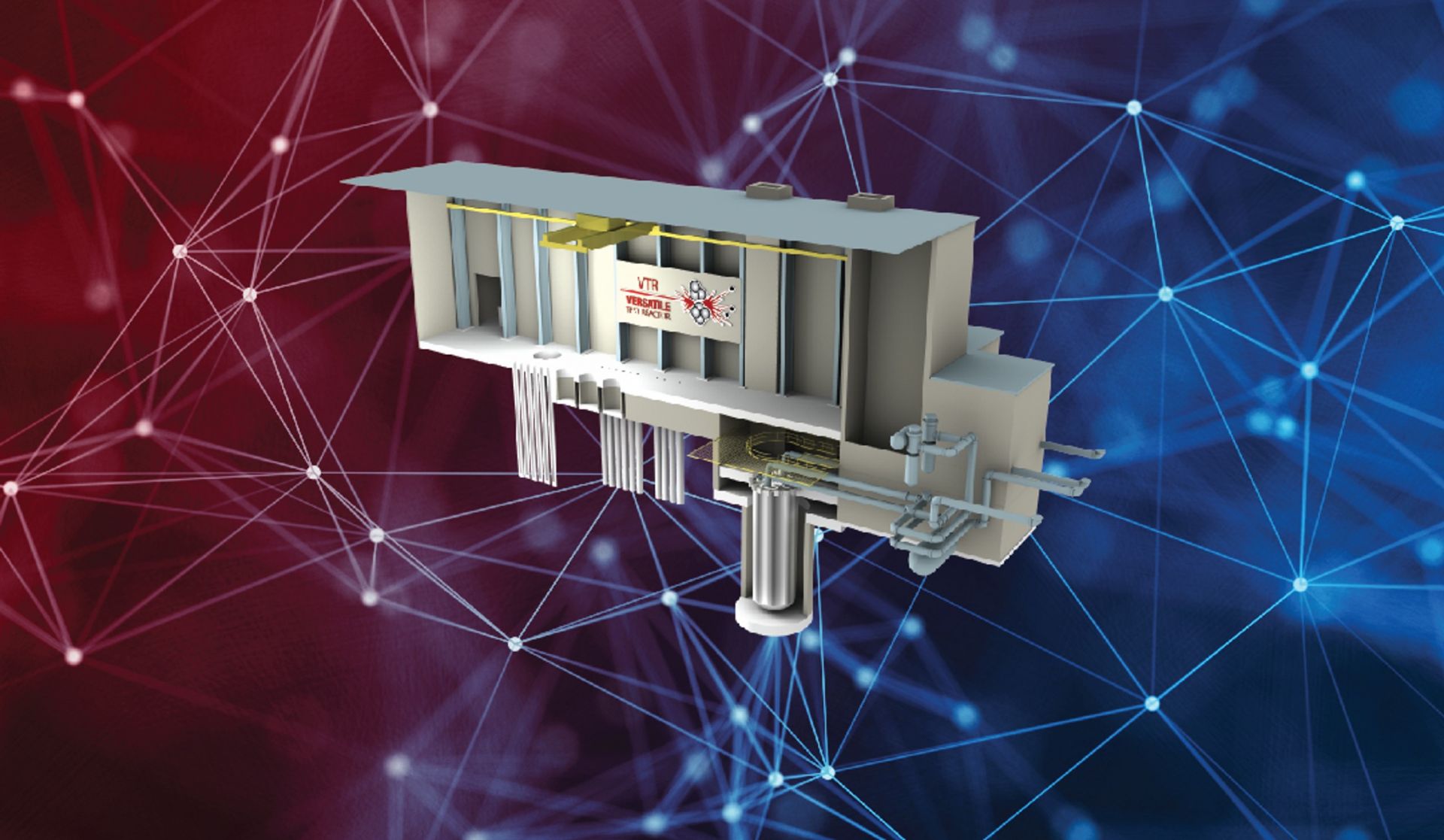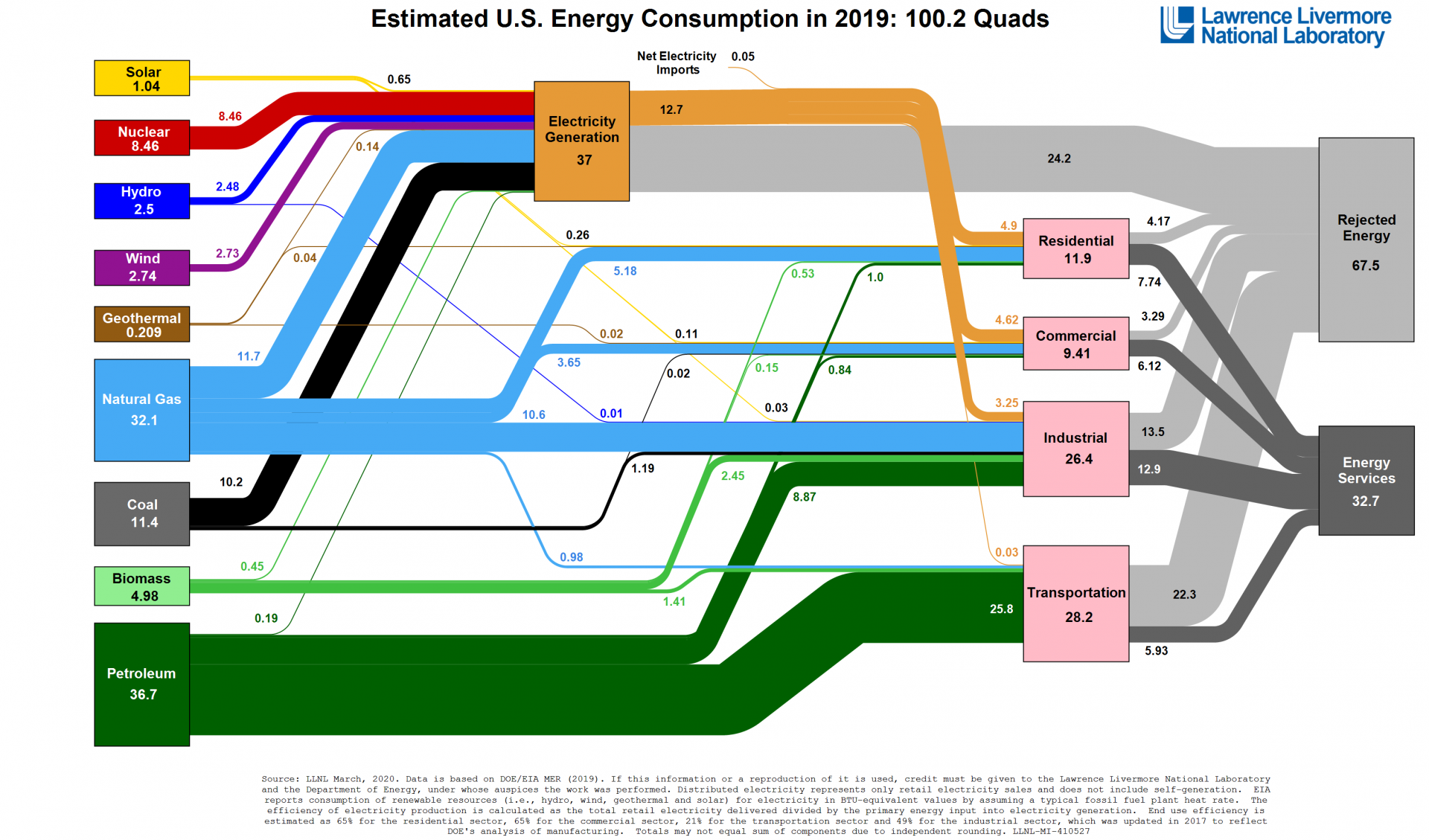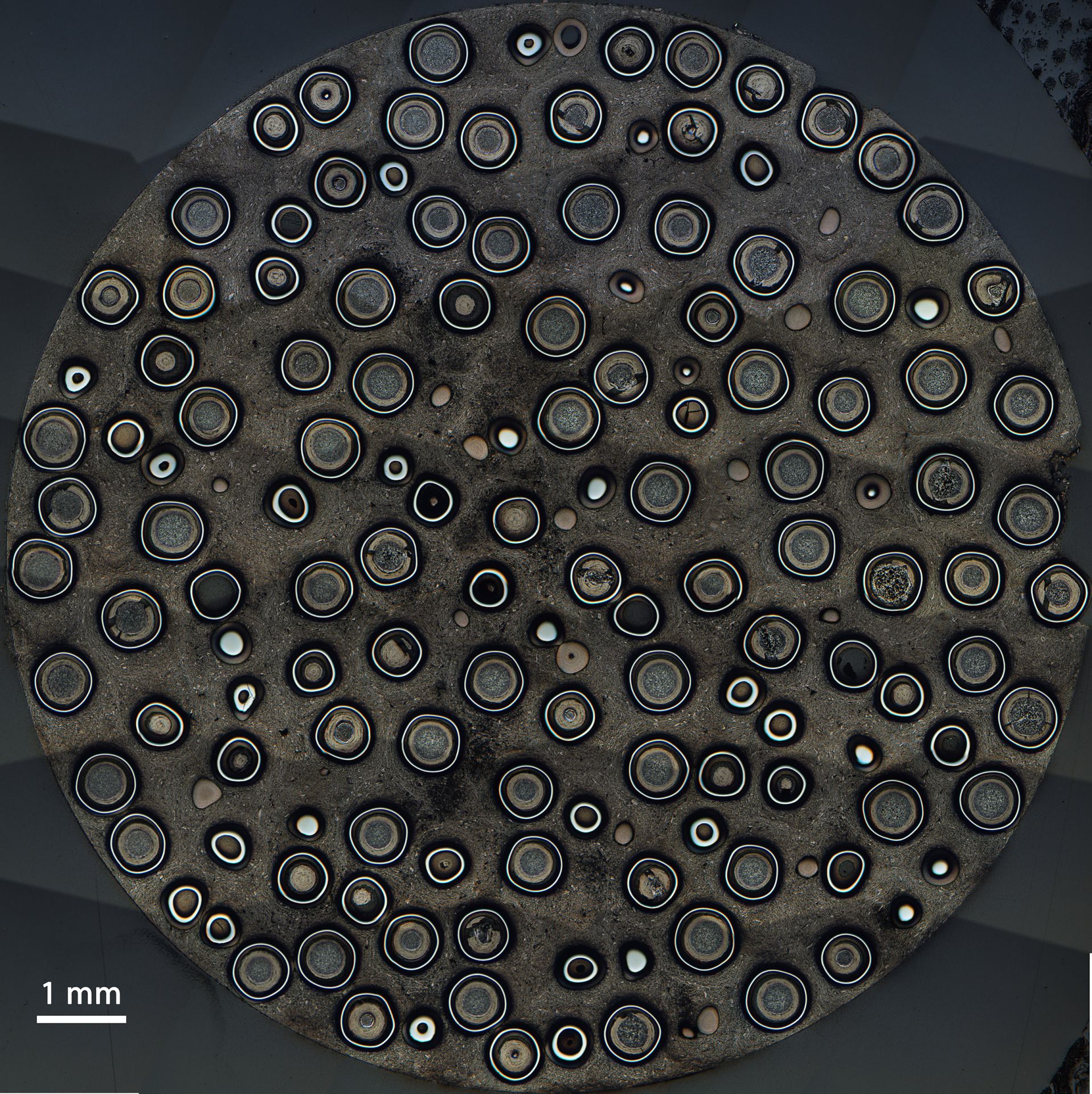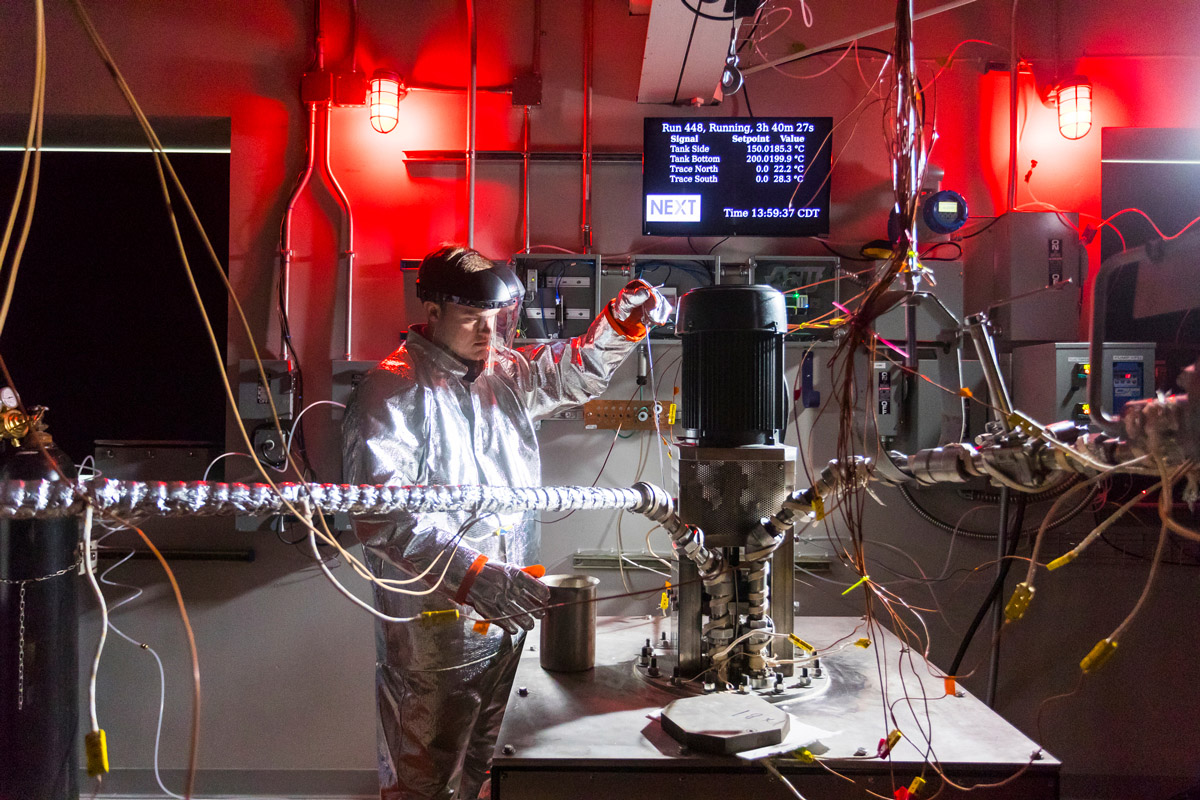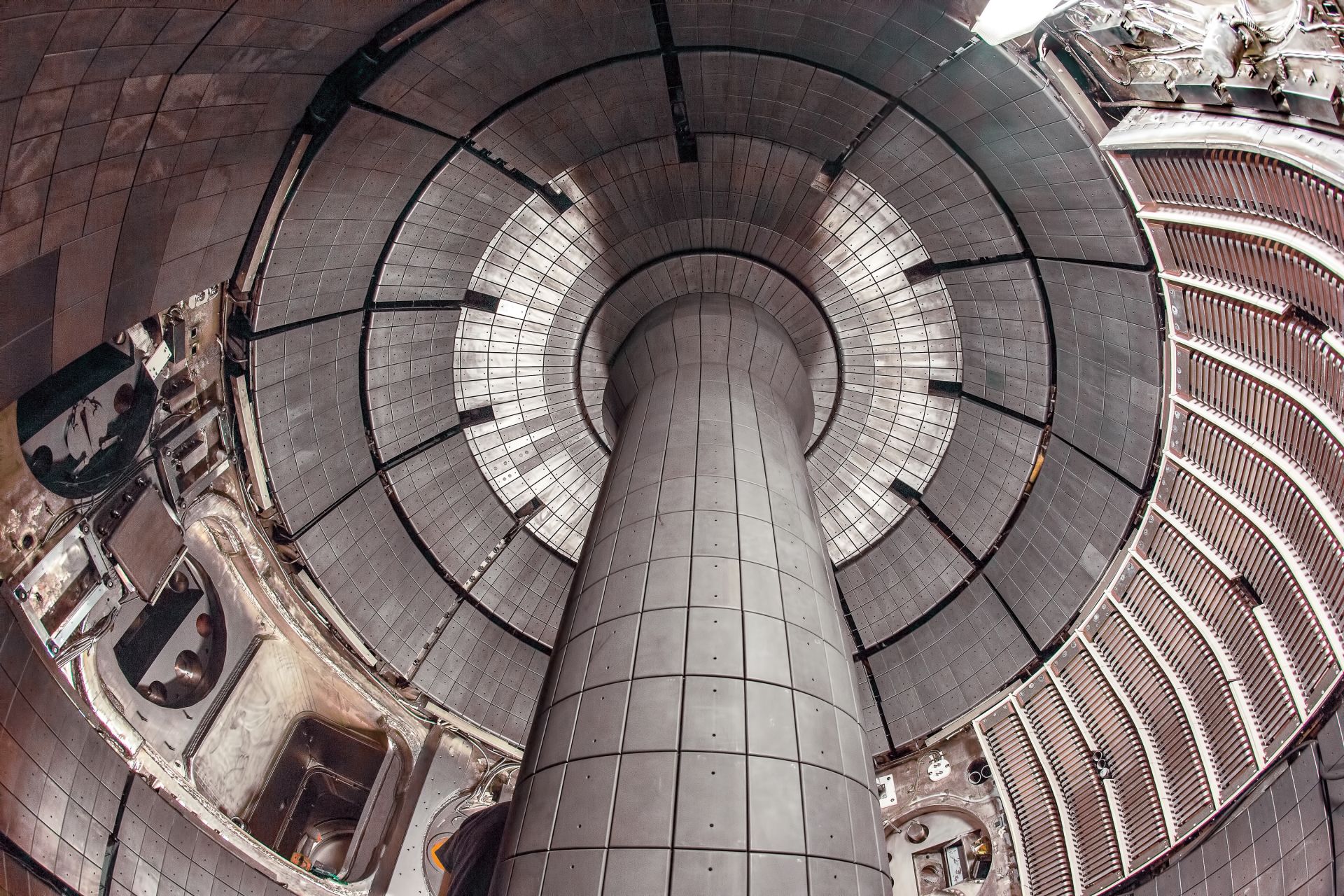
The NSTX-U “umbrella.” Photo: Elle Starkman/ PPPL Office of Communications
The Department of Energy on September 8 announced funding for research at the National Spherical Tokamak Experiment Upgrade (NSTX-U), an Office of Science user facility at the DOE’s Princeton Plasma Physics Laboratory in Princeton, N.J.
Total planned funding is $17 million for the NSTX-U work over five years in duration. As much as $6 million in fiscal year 2020 dollars and out-year funding could be available this year, contingent on congressional appropriations and satisfactory progress.
The initiative will support experiments, data analysis, and computer modeling and simulation of plasma behavior. A major focus will be on the start of laying the scientific groundwork for a next-generation facility through better understanding of the behavior of plasmas in spherical tokamaks, the DOE said.



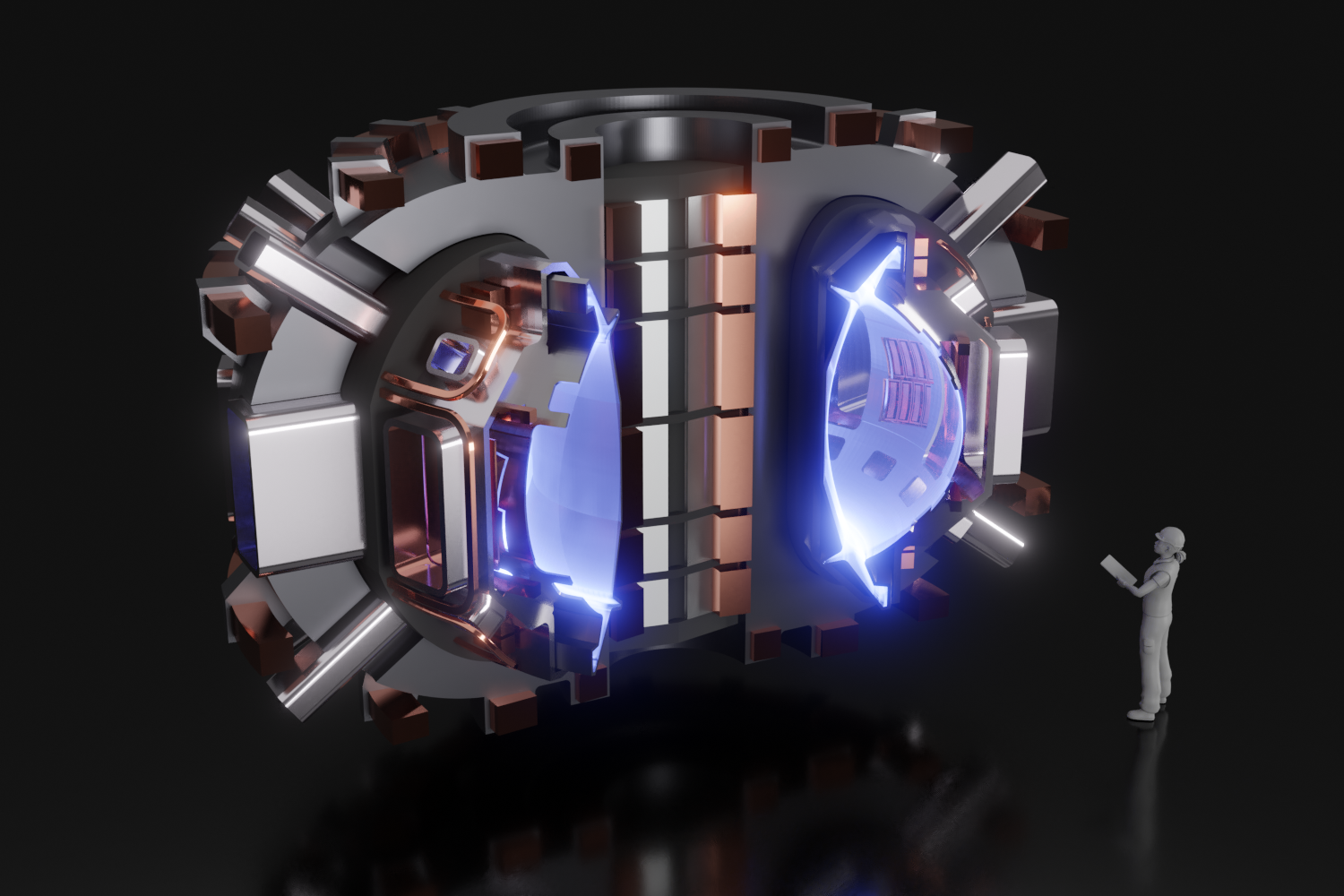
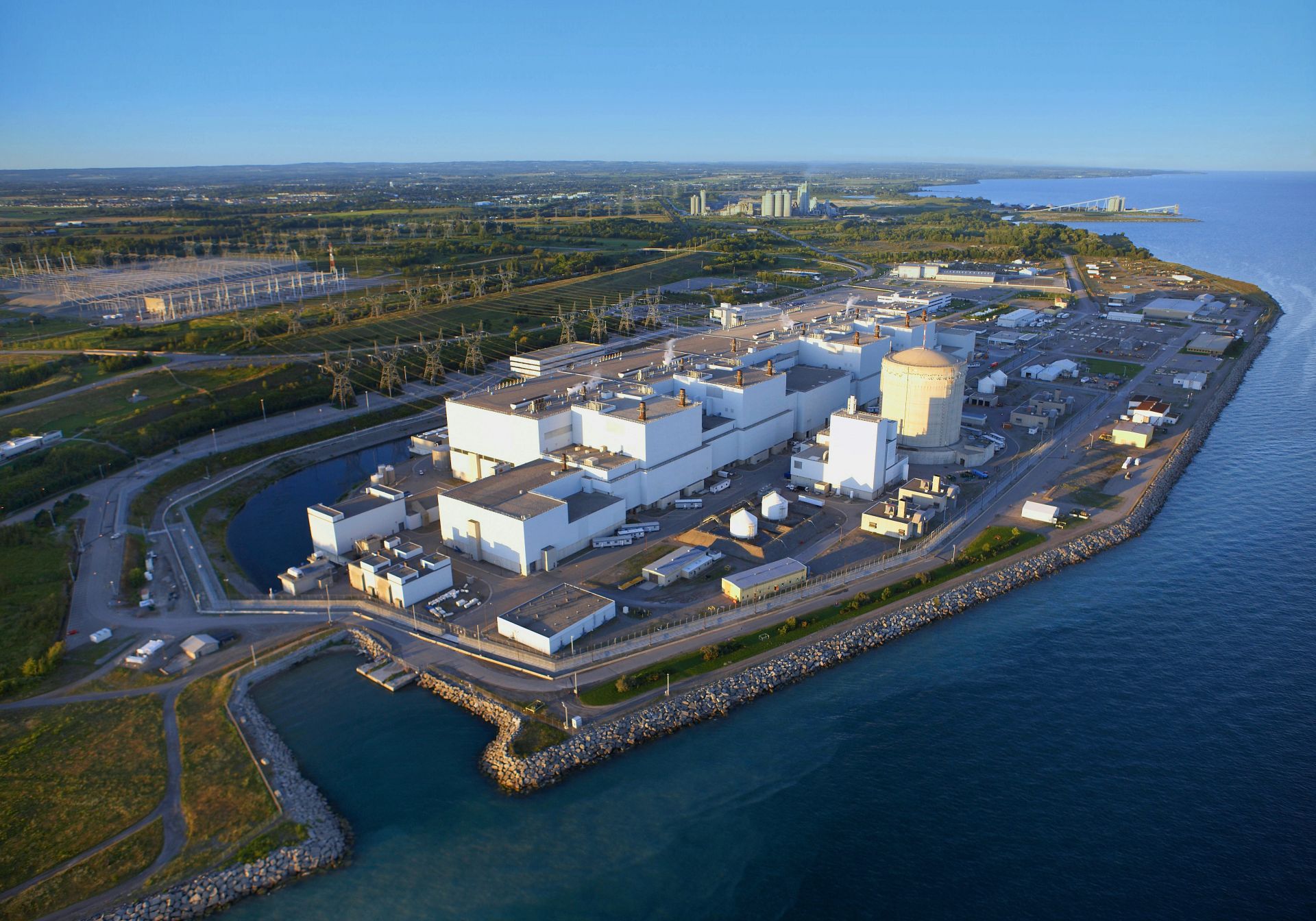
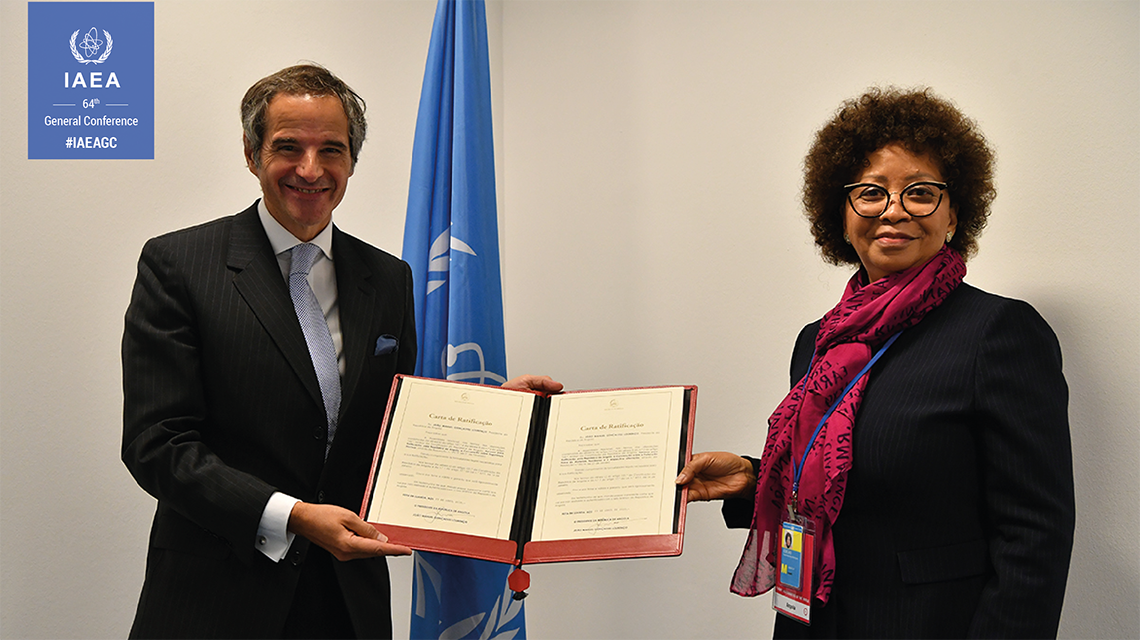
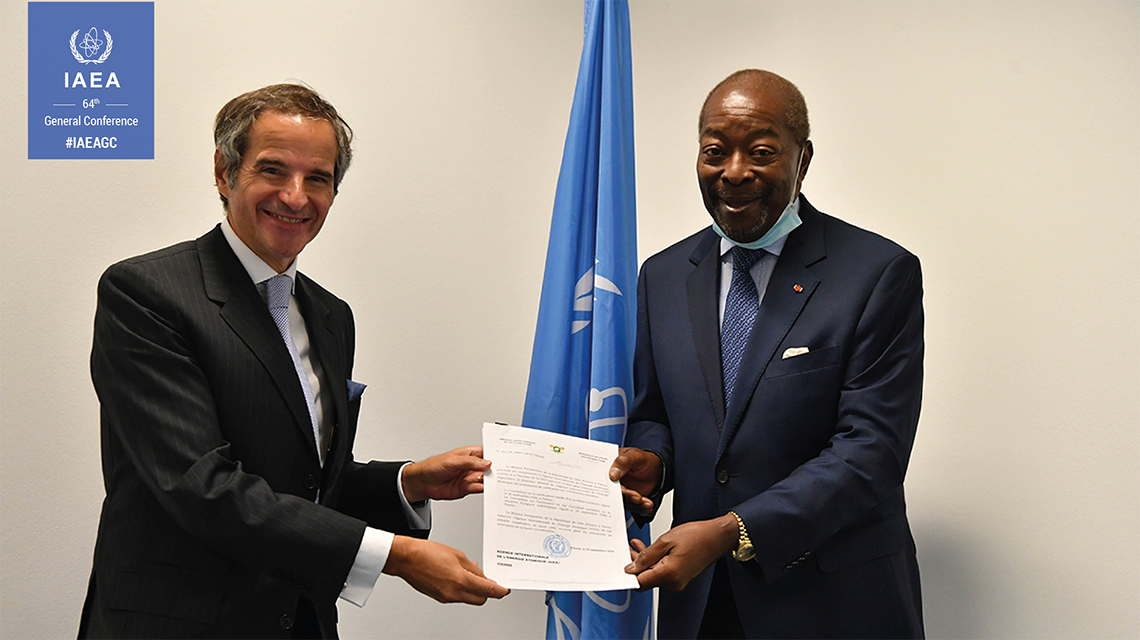
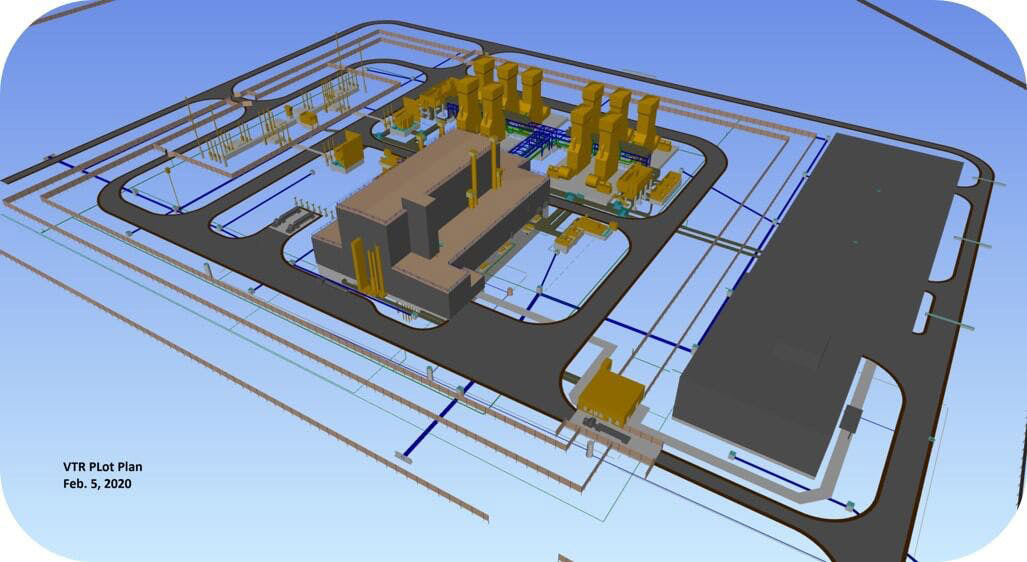
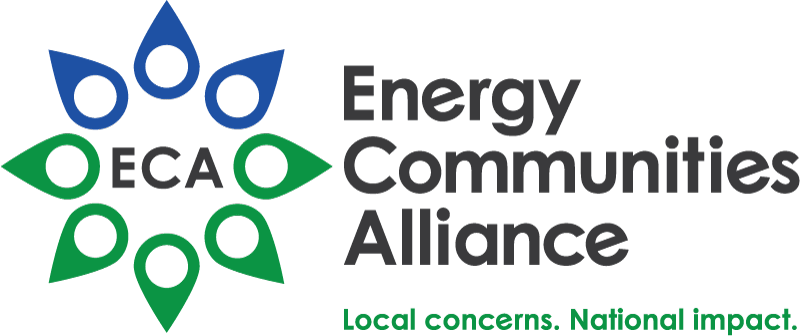 The board of directors of the Energy Communities Alliance (ECA), an organization known more for its work in advancing the cleanup of Department of Energy sites, is launching a
The board of directors of the Energy Communities Alliance (ECA), an organization known more for its work in advancing the cleanup of Department of Energy sites, is launching a 
